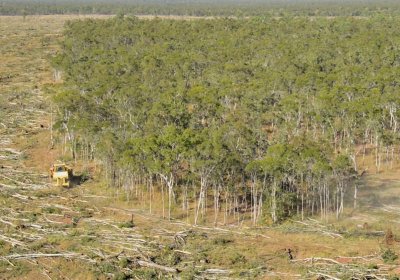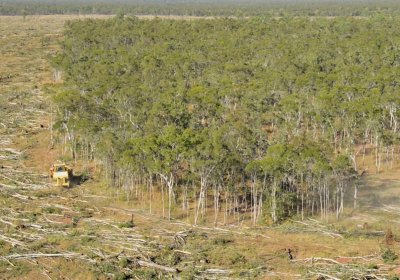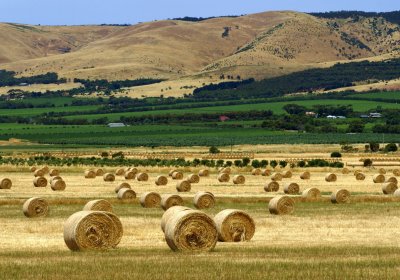Socialist Party of Malaysia (PSM) chairperson and former member of parliament Dr Michael Jeyakumar Devaraj was arrested on October 24 for blocking a bulldozer attempting to destroy farmland in Kanthan, in the state of Perak, reports Peter Boyle.
land clearing
When you think of devastating deforestation and extinction you usually think of the Amazon, Borneo and the Congo.
But eastern Australia ranks alongside these in the top 10 of the world’s major deforestation fronts — the only one in a developed nation. Most of the clearing is happening in Queensland and it is accelerating.
There is a climate emergency. The massive forest fires in Canada, the Lucifer heatwave engulfing southern Europe and Australia experiencing its warmest July on record have all happened within the past fortnight. Yet, Australia’s carbon emissions continue to rise.
The growing movement to prevent the Adani Carmichael coalmine, as well as fossil fuel divestment campaigns, show we are making headway. But activism is not enough.
The federal government announced on April 13 the Emissions Reduction Fund had spent another $133 million on carbon emissions abatement.
This included about $100 million on planting trees to save the equivalent of 8.5 million tonnes of carbon dioxide emissions.
At the same time the states permit land clearing and deforestation that emits millions of tonnes of greenhouse gases into the atmosphere and is responsible for 8% of Australia’s emissions.
Vegetation creates rain. That is one of the conclusions of a review of more than 150 scientific papers on land-clearing’s impact on rainfall, conducted by Dailan Pugh for the North East Forest Alliance (NEFA). The review, Clearing Our Rainfall Away, reveals how land-clearing affects rainfall and its impact on the climate.
In the past few years, private investors backed by corporate interests such as global banks, financial firms, hedge funds and food giants have bought a huge amount of farmland across the global South.





